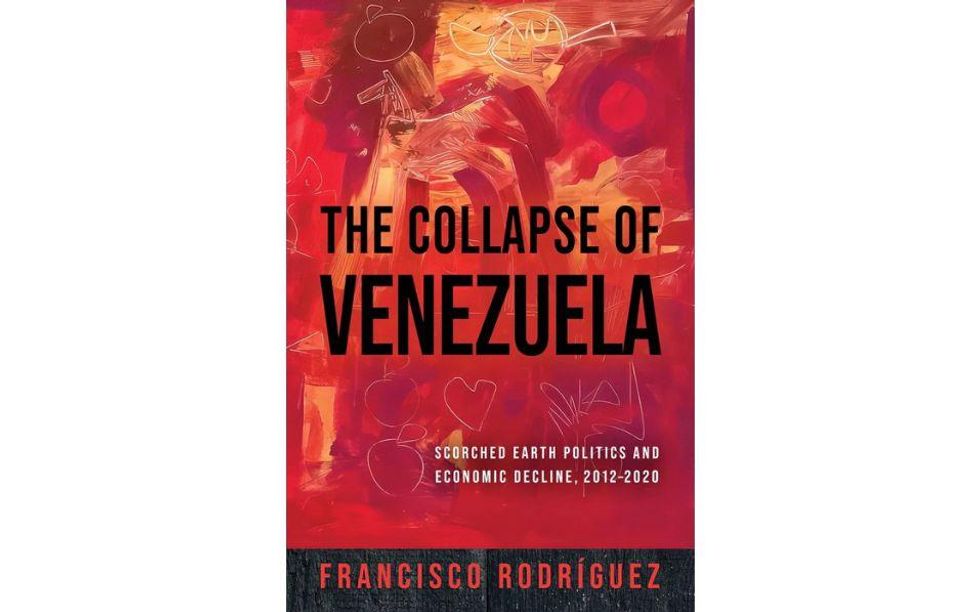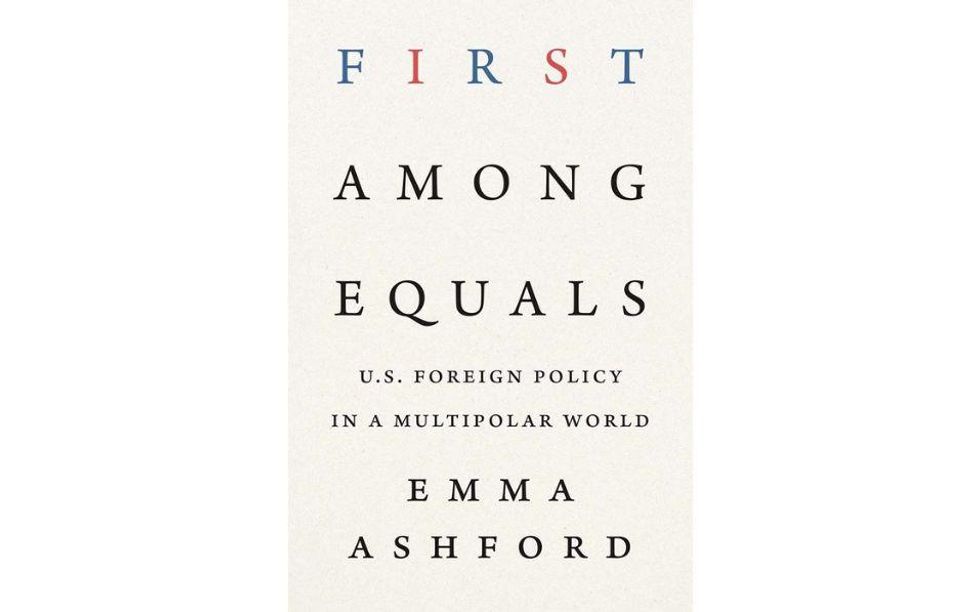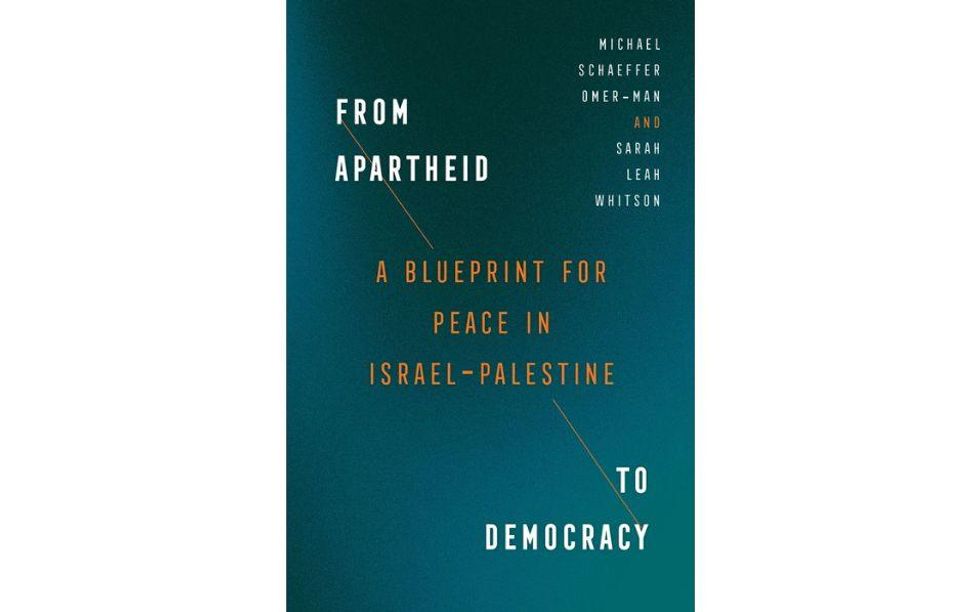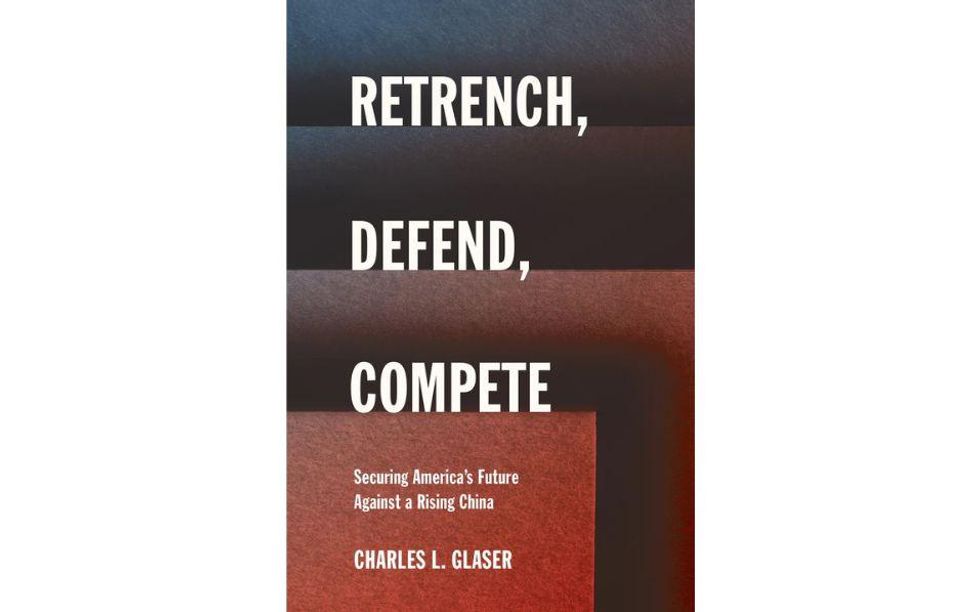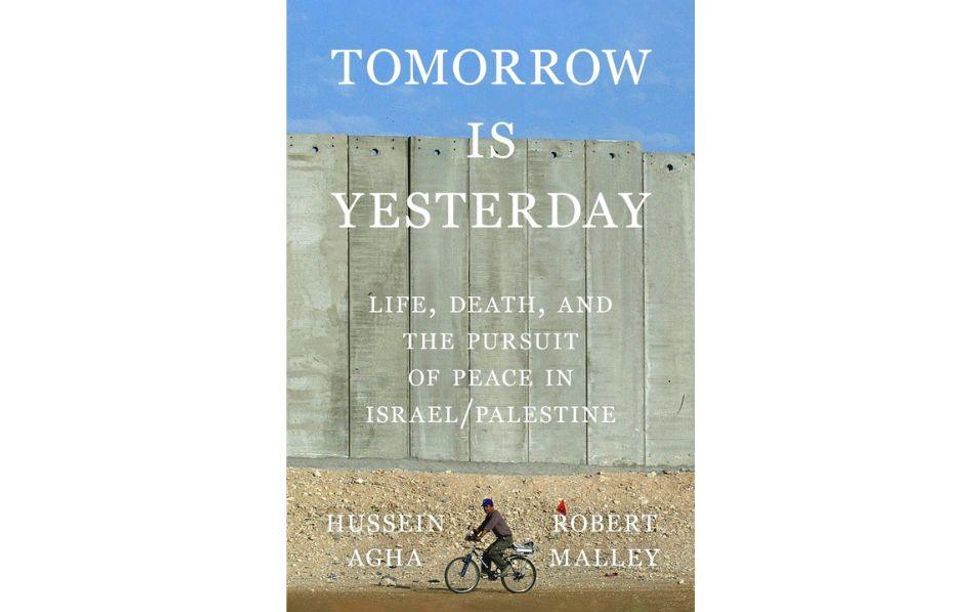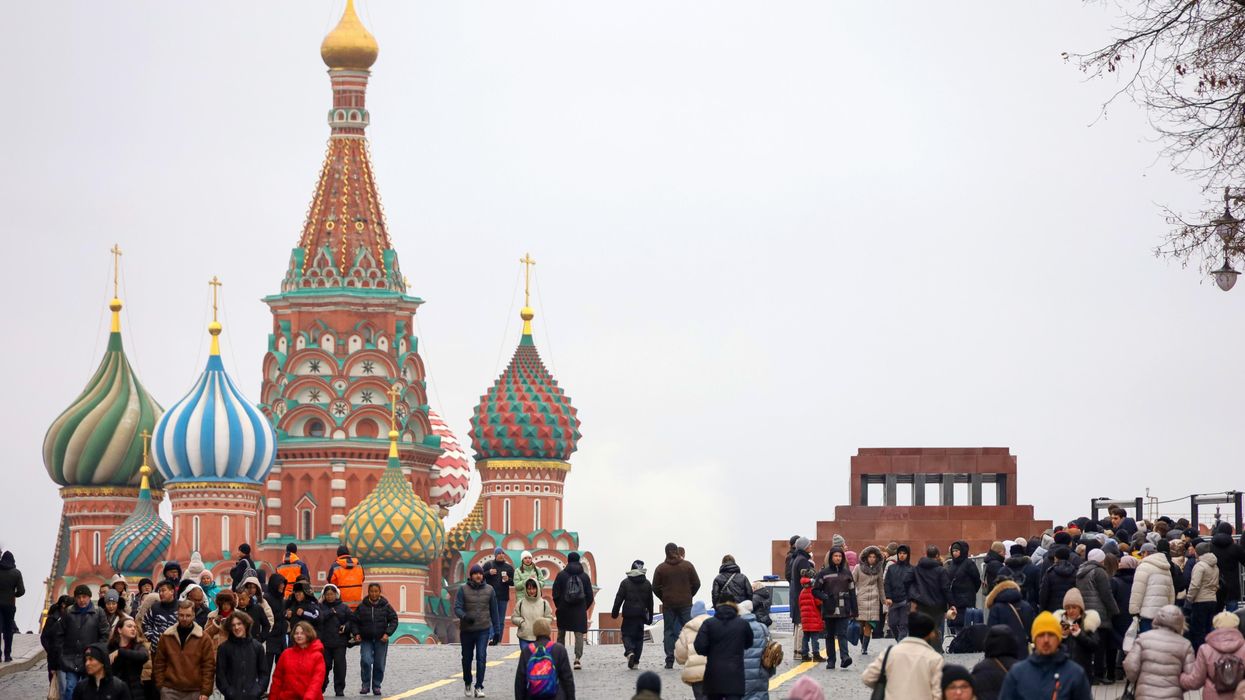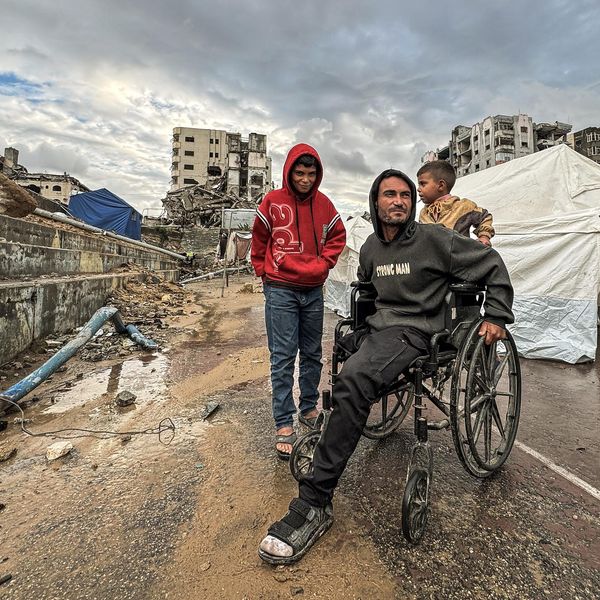Mass atrocities now occur regularly in the Sahel. The names of towns, villages, and districts in Mali, Burkina Faso, and Niger become infamous one after the next: Moura, Seytenga, and Bankass. The perpetrators are often jihadists — namely, an al-Qaida affiliate called the Group for Supporting Islam and Muslims (known by its Arabic acronym JNIM) and its rival, the Islamic State in the Greater Sahara, or ISGS.
Yet the killers are not always jihadists; at Moura in March 2022, eyewitnesses described a massacre by Malian soldiers backed by Russian-speaking white men. The Burkinabè and Nigerien security forces have been accused of extrajudicial killings as well. Meanwhile, community self-defense militias, typically with an ethnic coloring, have killed civilians en masse as well — prior to the Moura massacre, the worst incident of the Sahelian conflict was an ethnic pogrom in the central Malian villages of Ogassagou and Welingara in 2019.
Amid the deepening crisis in the Sahel, the Biden administration should wrap up its drawn-out process of strategy articulation (both for its Africa strategy and its Sahel strategy) and begin implementation, but with a focus on crisis mitigation and humanitarian relief. Proactively shaping the political and security environment in the Sahel is a worthy goal for the long term, but the region’s immediate tragedies call for a short-term focus on saving lives, which means an escalation of existing humanitarian assistance combined with efforts to halt atrocities through non-military means.
In that effort, the United States Agency for International Development should take the lead, drawing on partly dormant frameworks for mass atrocity prevention and response that were generated — but never fully resourced and supported — during the Obama administration. The Biden administration should also fill the long-vacant post of Sahel Envoy. The administration should give that appointee a robust mandate to document, publicize, and address mass atrocities no matter who the perpetrator is.
The situation in the Sahel is desperate and there are no easy fixes. Intensive, French-led intervention in Mali during the period 2013-2022 ended in frustration for both France and Mali after back-to-back military coups. Neither European, nor American, nor West African policymakers have figured out how to compel the military juntas in Mali and in neighboring Burkina Faso, where soldiers took power in January, to leave power quickly.
The ongoing, European-led process of shifting resources and infrastructures to Niger will also likely end in frustration, given that merely recalibrating counterterrorism campaigns does little to address drivers of violence. Indeed, when Paris and Washington pick out favored African “partners,” Western governments often downplay the abuses perpetrated by those partners’ own security forces as well as corruption by civilian leaders — a lesson Paris learned too late, or perhaps not at all when its favored interlocutor in Mali, President Ibrahim Boubacar Keita, was overthrown in 2020. Niger, long seen by credulous Western policymakers as an “island of stability” in the Sahel, has a poor track record on accountability for abuses and corruption.
There is a tendency among Western policymakers and journalists to treat Mali’s junta and the Kremlin-linked Wagner Group as having destabilized a previously functional situation in the Sahel, even though violence, displacement, and political turmoil were surging in the region even before Keita’s ouster. It is true that Russian influence in Mali has appeared to contribute directly to mass state violence against civilians, and there are arguments to be made that jihadists have taken advantage of a “vacuum” created by the phased withdrawal of most French forces from northern Mali in 2021-2022. Yet the epicenter of the Sahel crisis is now Burkina Faso, and blaming Russia and a clique of Malian colonels carries limited weight if one is to explain the trends in Burkina Faso and Niger.
Can outside actors prevent mass atrocities? Serious studies have concluded that concerted and focused action by the United Nations, France, Belgium, the United States, and others could have prevented or at least rapidly ended the 1994 genocide in Rwanda — although the idea that outside actors can prevent or stop genocides and atrocities often appears based on nebulous conceptions of “political will;” in other words, the idea that major powers will develop a clarity of purpose and execution in the midst of competing priorities and fast-moving events.
What may be more realistic, especially for a case like the Sahel in 2022 (not at the top of any Western power’s priority list) is a more ambitious effort at mitigating the consequences of atrocities by helping displaced persons, alleviating food insecurity (an endemic reality in the Sahel, and often exacerbated by armed conflict there), and pressing for accountability. Indeed, the question of who has the authority to investigate massacres is one of the most critical issues in Mali now, and more U.S. pressure on this front would be helpful.
In terms of atrocity mitigation, the Biden administration has a lot of thoughtful material to draw upon from the Obama administration, which placed some emphasis on mass atrocities prevention starting with the “Presidential Study Directive on Mass Atrocities” in 2011. The Directive created the Atrocities Prevention Board (later the Early Warning Task Force), which had limited impact under Obama’s second term and appears to have fallen into abeyance under Trump.
Yet some of the thinking from that period, such as USAID’s 2015 “Field Guide: Preventing Mass Atrocities” remains pertinent to Mali. The Field Guide includes frank discussion of potential tensions in atrocity response; for example, the imperative for humanitarian relief actors to be impartial may not mesh easily with the political choices that underlie many long-term development efforts. Impartiality will be critical, especially as many local communities in the central Sahel broker deals with jihadists.
The U.S. government has been a key donor to relief efforts for the Sahel, and USAID (as well as other U.S. government agencies) operate various programs in the region. Yet the de-prioritization of the region is evident even from basic indicators such as USAID’s webpage for Mali, where the latest factsheets (as of June 2022) date to September 2021. Humanitarian appeals for the Sahel are routinely underfunded.
The Sahel’s crisis is neither a black-and-white conflict between beleaguered governments and bloodthirsty jihadists, nor a proxy battle between Washington and Moscow, but rather a cycle of violence that has drawn in more and more people, many of them innocent civilians.
Amid the final push for a new Africa strategy, what the Sahel needs from the United States is not grand strategies but rather day-to-day efforts to help some of the world’s most vulnerable people, and to hold perpetrators of violence to account. Bluntly, each successive administration’s “Africa strategy” tends to reshuffle the one before it, with nods to abstract priorities such as “democracy,” “development,” and “security.”
Such lists of priorities give little guidance for how to help local Sahelian communities and their governments, much less the entire continent, move toward greater stability and inclusive governance. Meanwhile, there is a risk that substantial U.S. government energies will be consumed by processes that are really about optics — a major new strategy will be rolled out with great fanfare, but it is likely to collect dust. In that connection, there is hubbub around an “African leaders’ summit” in this fall, but it will likely prove just as empty as the summit under Obama in 2014. Biden appointees should measure their success not by whether such Washington-focused events go smoothly, but by tangible accomplishments improving lives on the African continent.





